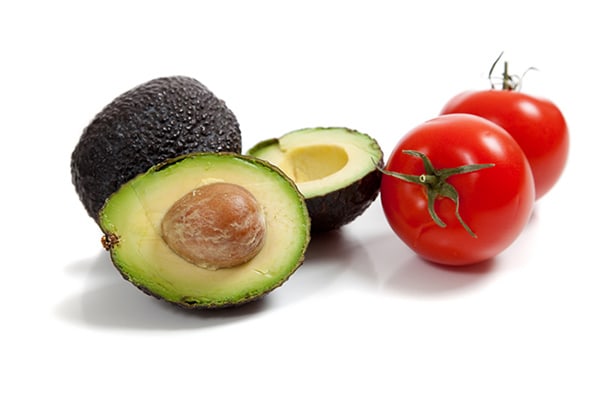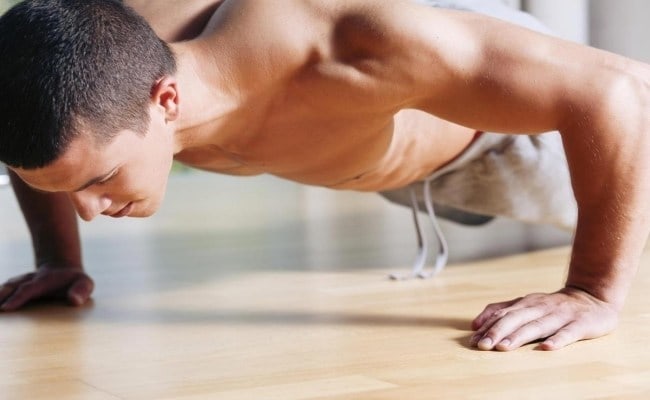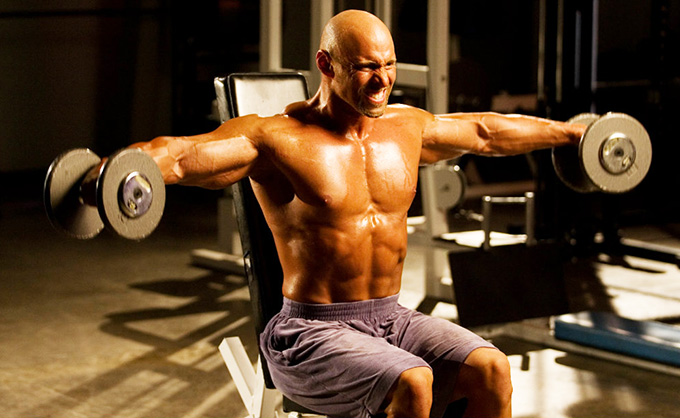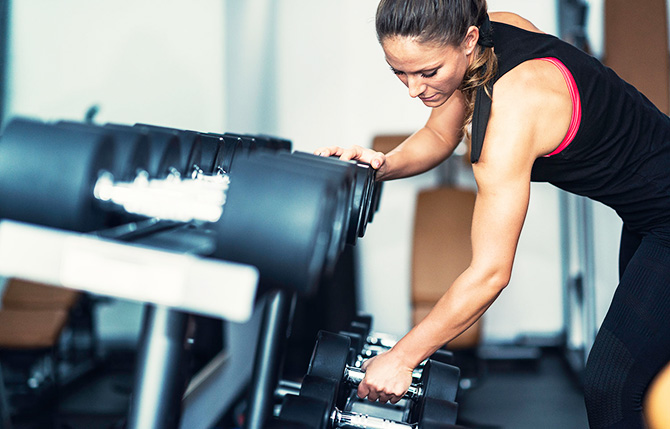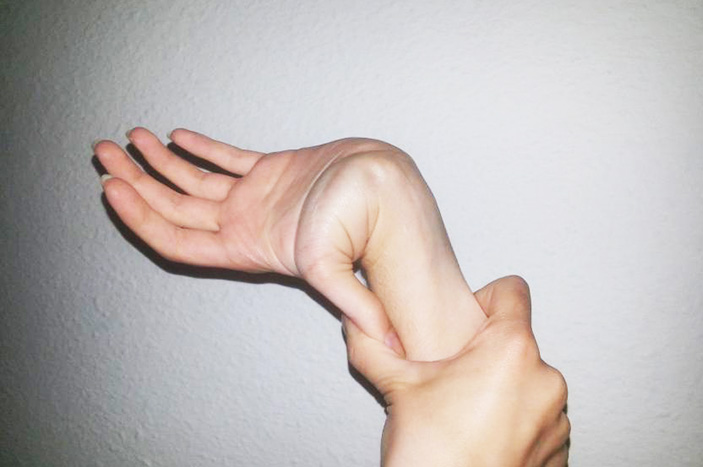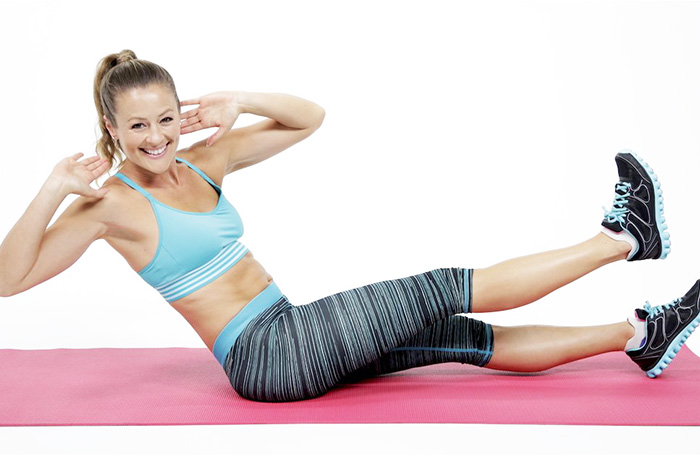In the realm of bodybuilding and fitness, the shoulders are considered as the prime illusion masters, as they help create the V-tapered physique most-wanted by every man in the gym.
According to Bodybuilding, upping the shoulder width several inches wider helps a person get the illusion of size, which is considered by average hardcore bodybuilders as important. However, while the shoulders give people an upper hand when it comes to having a V-tapered physique it is also important to pay attention to other muscle groups, such as the chest, back, arms, abs, and the most neglected muscle group, the legs.
In line with increasing the shoulder width, one can get the V-tapered physique by increasing the width of the latissimus dorsi, as well as decreasing reducing the waist size, and increasing the thigh and calf size. As per the publication, thickness or how one looks from the lateral view, also matters; however, a developed shoulder width improves one’s appearance.
The lateral or the side deltoid muscle receives the primary concern in developing the shoulder width and some exercises that boost the size of the side deltoids include the side lateral dumbbell raise, heavy seated dumbbell shoulder press, and the Arnold shoulder press, according to Muscle and Fitness. The military press also involves the side deltoids, in addition to the front or anterior deltoids and the rear or posterior deltoids.
Among the aforementioned routines that workout the side deltoids, it is believed that the best exercise to perform to increase its mass is the side lateral dumbell press. This is done by sitting on the edge of a bench with the feet firm on the floor. The dumbbells are placed in the space between the feet and the bench, as this is the starting position. The dumbbells are held with the palms facing in and the arms straight down at the person’s sides at arms’ length. Then, the dumbbells are lifted to the side without swinging, the execution is done with the elbow slightly bend and the hands slightly titled forward. Also, it is important for the arms to be parallel to the floor. After that, the dumbbells are lowered back down slowly to the initial position as the person inhales.
According to Bodybuilding, going into a single-joint exercise is suggested following a multi-joint pressing move. In case of the side delts, this means that person should work out the middle deltoid, which is then followed by the front and rear delts. As per the publication, heavy weight should not be used in a lateral dumbbell raise or a cable lateral raise. It is noted that using heavy weight is not optimal for the growth of the middle deltoids and applies primarily to multijoint routines. Also, the arm is locked in a slightly bent position throughout the exercise’s range of motion, to apply pressure on the elbow joint. Thus, it is recommended to use a weight that can bear at least eight repetitions with good form.
Among other forms of the shoulder exercise, the lateral dumbbell raise stands to be one of the most challenging, due to its strict form requirement. According to fitness author Sean Nalewanyj’s website, there are several mistakes lifters should avoid when performing the side lateral raise. As per the publication, key points include lifting light weights, since lifting weight heavy weight would cause the body to swing the upper body back and forth, losing control while lifting the weights. Also, one should keep a small bend in the knees and lean slightly forward, rather than maintaining a completely upright posture, since doing the latter shifts the activation of the front delts and not the side delts. In addition, the dumbbells should be away from the sides of the body and not from the front, since the routine is intended to the side delts. The abs should also be tight during the routine to maximize the tension on the lateral deltoids. In addition, the hands and elbows should be in line with each other, with the upper arms above parallel to the floor.
To get optimal gains for the lateral delts, it would be a wise move to consume protein for muscle recovery and retention, adequate rest and sleep, and right attitude.
Source: muscleandfitness.com


